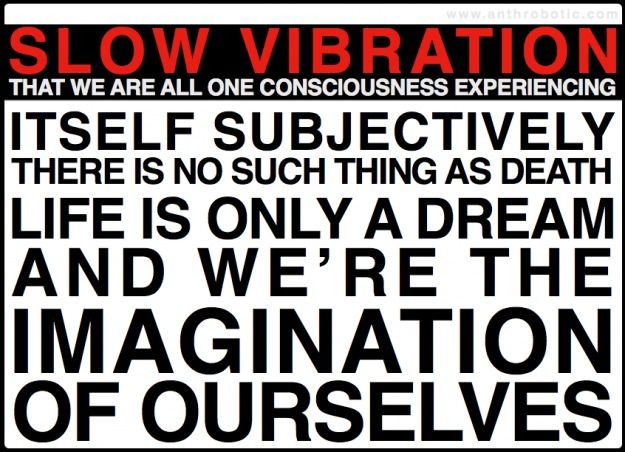Nov 12, 2012
Our Youth, Thinking Outside the Box
Posted by Benjamin T. Solomon in categories: business, defense, economics, education, engineering, human trajectories, military, philosophy, space, sustainability
Recently I attended the AIAA Rocky Mountain Region’s First Annual Technical Symposium, October 26, 2012. Link to Symposium Photos, here. Link to Symposium Presentations, here.
I must congratulate many of the presenters, our youth, our next generation leaders, for thinking outside the box. And I congratulate their supervisors, advisors and team members for facilitating a supportive environment that nurtures outside the box thinking.
Here is why. Several remarkable papers were presented. For example, Tom Joslyn (Lt. Col, PhD) presented “Use of Liquid Droplet Stream Momentum Transfer for Lunar and Interplanetary Missions”. By using liquid droplets to conserve and transfer momentum between the momentum storage spacecraft and the lunar landing spacecraft, one could reduce the LEO mass from 200,000 kg to 24,500 kg. The presentation wasn’t about theory. It was about the how such a concept would be Engineering Feasible. The type of liquids required, and the ejection and capture systems required. That is impressive.
Second, “Cockpit of the Future” by the Capstone Team. They presented many new concepts like Palm Piloteer, haptic feedback suits, wrap around displays and seat designs.









